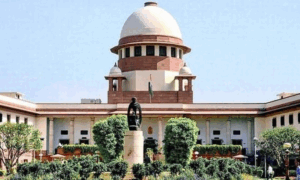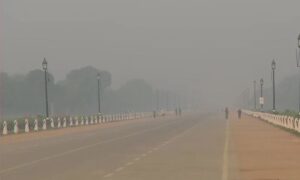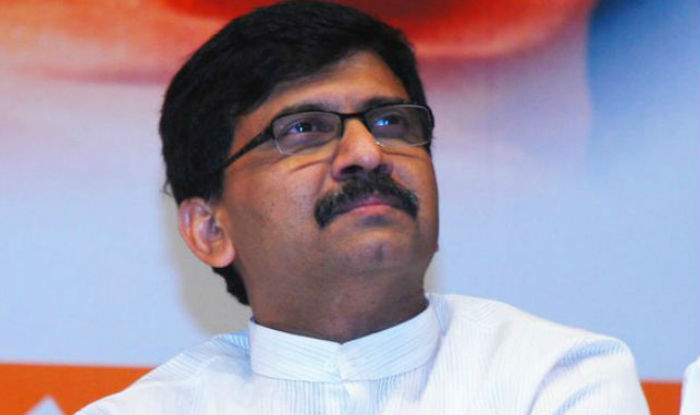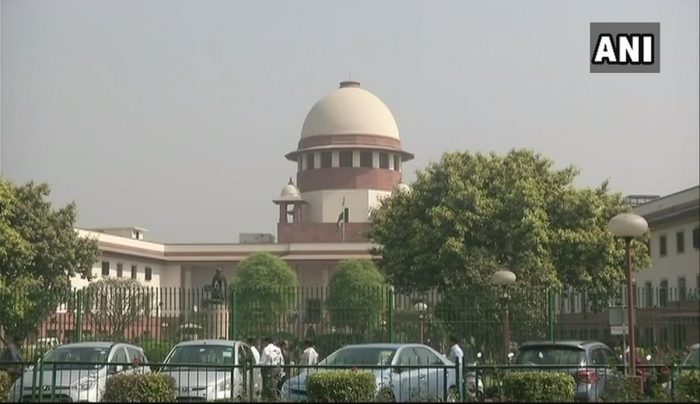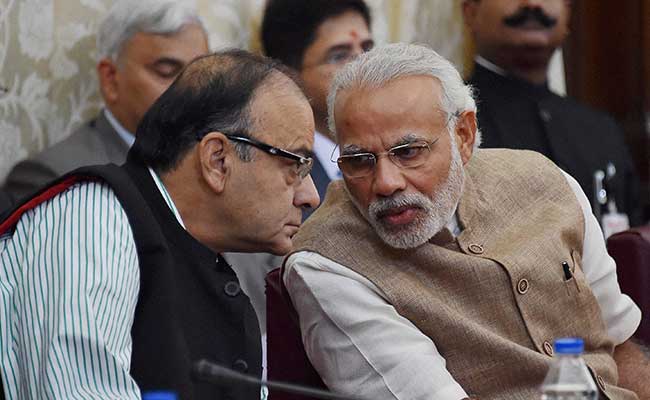![Degraded land, with parts restored by villagers working with the Watershed Organisation Trust [Image by: WOTR]](https://impactnews.in/wp-content/uploads/2019/06/Land-restored-by-WOTR-1020x574-e1561625079663.jpg)
Degraded land, with parts restored by villagers working with the Watershed Organisation Trust [Image by: WOTR]
The announcement came on June 17, the World Day to Combat Desertification. It is just a few weeks before India hosts the once-in-two-years summit of the UN Convention to Combat Desertification (UNCCD), scheduled on the outskirts of New Delhi during the dates September 2-13. India’s pledge is part of the UNCCD goal to achieve land degradation neutrality around the globe by 2030.
This cam be done only through sustainable land management, combating droughts and restoring forests. As part of the June 17 announcement the Minister of Environment, Forests and Climate Change Prakash Javadekar launched a project on forest landscape restoration as part of the Bonn Challenge – a global effort to restore degraded lands. He said the ministry would introduce a pilot phase of 3.5 years in Haryana, Madhya Pradesh, Maharashtra, Nagaland, and Karnataka, and eventually scale up the project across the country.
Javadekar talked about ongoing government programmes to help combat land degradation, such as wide use of soil health cards, promoting organic farming practices, focusing on water efficiency, income support scheme, and so on.
Land affects lives
Desertification and land degradation is not just about sand. It affects lives, livelihoods and the economy. According to the 2017 State of India’s Environment report by the Centre for Science and Environment, nearly 30% of the country’s soil is degraded or facing desertification. In eight states—Rajasthan, Delhi, Goa, Maharashtra, Jharkhand, Nagaland, Tripura and Himachal Pradesh— 40-70% of the land has undergone desertification. A 2018 report by The Energy and Resources Institute on the Economics of Desertification, Land Degradation and Drought found that this costs India nearly 2.54% of its GDP.
India has around 17% of the global population, but only 2.5% of land and receives only about 1% of global rainfall, thus making it critical for the country to use its natural resources efficiently.
Globally, the issues of land degradation and water scarcity reveal some startling figures. According to the UN, by 2025 two-thirds of the world will be living under “water-stressed” conditions – when demand outstrips supply during certain periods. And about 1.8 billion people will experience absolute water scarcity, where a region’s natural water resources are inadequate to supply the demand.
UNCCD Secretary Ibrahim Thiaw recently said, “If we take action to restore our degraded land, it will save USD 1.3 billion a day to invest in the education, equality and clean energy that can reduce poverty, conflict and environmental migration.”
WOTR’s role
Since its inception in 1993, the Watershed Organisation Trust (WOTR) has been at the forefront of mobilising vulnerable communities in semi-arid and resource-fragile regions to help them with regenerating the ecosystems and harvesting rainwater. To date, WOTR has supported or worked in 2,922 villages and has impacted 2.8 million people across eight states in India. It won the UNCCD Land for Life Award in 2017 for its work in combating desertification.
The government is now holding pre-Budget consultations, and WOTR’s co-founder and managing trustee Crispino Lobo has emphasised the need to prioritise soil health, integrated watershed development along hydrological lines, incentives to convert wet waste to safe organic manures, budgetary allocations to support bio-fertiliser production and so on.
From the work done by WOTR over the years, it is clear that the only way to restore India’s degraded lands is with strong community level engagement and providing evidence-based inputs for replication and scaling. With climate change adversely affecting agriculture, adaptation that is specific to ecosystems is crucial. So are more studies into the economics of land degradation to convince policymakers of the urgent need to restore the very basis of our existence.
Arjuna Srinidhi, is a senior researcher in climate change and sustainable development policies with the WOTR Centre for Resilience Studies, based in Pune, India
This article was originally published in Third Pole . To read the original Click here :
https://www.thethirdpole.net/en/2019/06/27/nearly-a-third-of-indias-land-needs-restoration/


